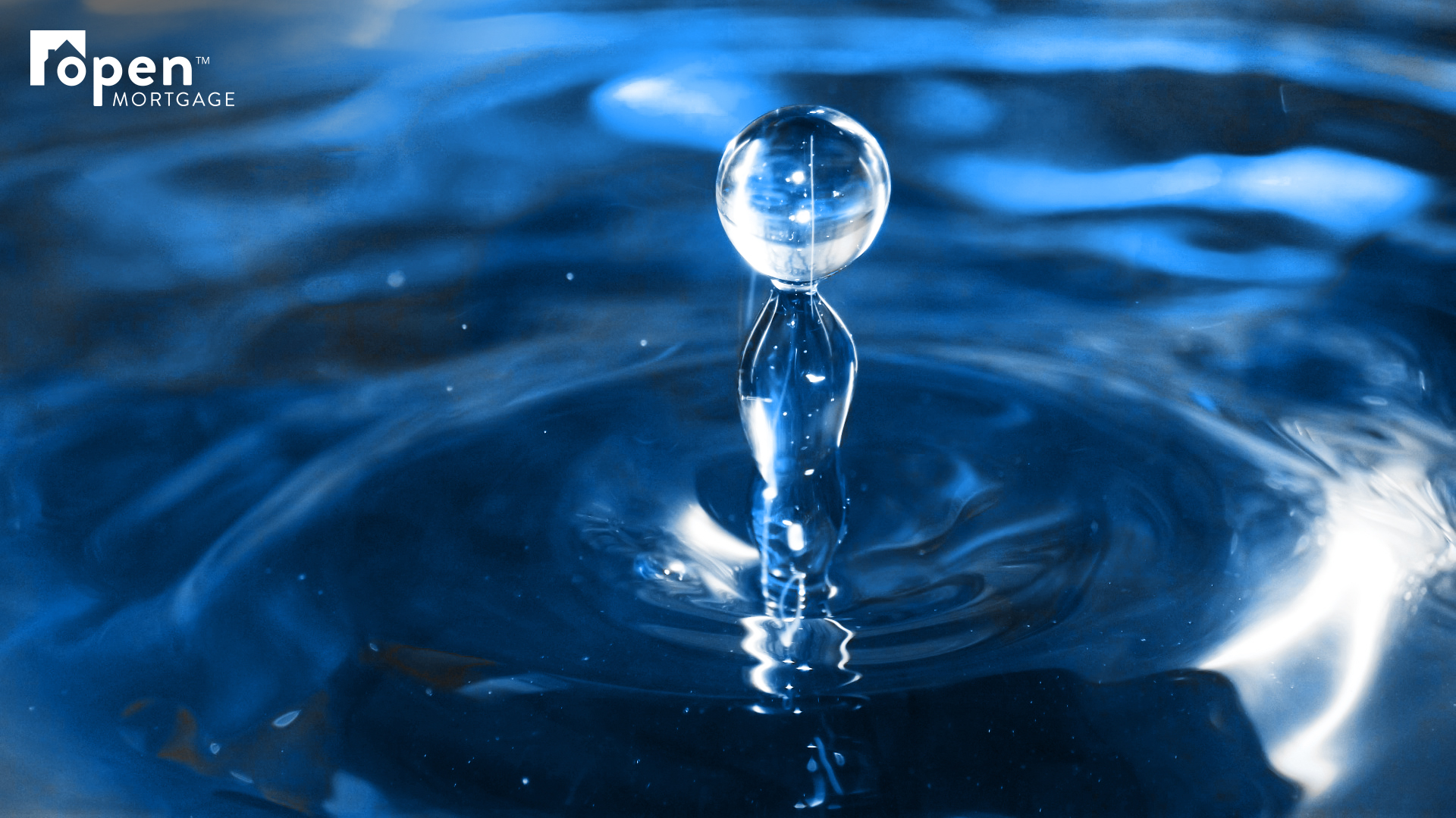
How to Save Water at Home
Water is the foundation of life on earth, and the average household uses a lot!
In fact, the Environmental Protection Agency (EPA) estimates that the average home of four uses 400 gallons of water per day (and spends $1,100 per year in water costs).
With the ongoing drought in much of the United States, it’s important to use water cautiously and conserve as much as we can. By performing some simple actions and making small investments, you can save water and money while ensuring reliable water for future generations.
- Make sure your toilet isn’t leaking
A running toilet can waste 200 gallons of water per day. This is commonly caused by a worn-out toilet flapper (or valve seal) and can be easily fixed by yourself or a plumber. The Regional Water Providers Consortium website provides an excellent video on how to detect a toilet leak. You can also upgrade your toilet to a water-efficient model that substantially reduces water use without any drop in performance. - Upgrade to a water-efficient showerhead
Showering is one of the top water-using activities, making up around 17% of residential water use (or about 40 gallons per day for the average family). You can upgrade to a WaterSense labeled showerhead that saves water while providing a shower quality that’s equal to conventional showerheads. - Turn off the tap while brushing your teeth
This simple action can save up to eight gallons of water per day. - Make smart decisions in the kitchen
You can make a variety of simple water-saving decisions in the kitchen. These include plugging your sink when washing dishes by hand, scraping your plate by hand (instead of rinsing it) before loading it in your dishwasher, keeping a pitcher of water in your refrigerator (instead of letting your faucet run until the water cools), and composting food. - Save water outdoors
The EPA estimates that around 30% of a family’s water use takes place outdoors (and half of that is for watering lawns and gardens). You can create a water-smart outdoor landscape for your home that includes native plants and vegetation ideal for your unique climate and soil. Once established, the plants and vegetation will require little water beyond normal rainfall. You can also group plants and vegetation into “zones” with similar water needs. This lets you water each zone according to its specific needs. - Capture rainwater for outside use
Collecting rainwater from your roof into a covered barrel is a low-cost solution to saving water. This water can be used to on your home’s landscape. Check your city and state’s laws on rainwater collection before introducing this solution.
Simple water-saving tasks add up to big savings
When it comes to saving water, small and simple actions add up. These actions are enhanced by investing in high-efficiency water-saving products that lower your water bill without any drop in performance. With less than 1% of water on earth available for human use, reducing water use can provide great benefits to your home, pocketbook and community.





